Differences Between Major Video Meeting Platform Providers



Video meeting platforms have become integral to modern communication, especially with the rise of remote and hybrid work. While several platforms offer similar core features, each has its unique offerings that can better suit specific business needs. Here’s a look at the differences between major video meeting platform providers, highlighting the strengths and weaknesses of some of the top players in the market.
Overview:
Zoom is one of the most popular video meeting platforms, known for its ease of use and scalability. It’s widely used for business meetings, webinars, and educational purposes.
Key Features:
Scalability: Zoom can accommodate small team meetings to webinars with thousands of attendees.
Breakout Rooms: A highly praised feature that allows hosts to split participants into smaller groups for focused discussions.
Webinars: Zoom offers advanced webinar capabilities with features like attendee registration, Q&A, and polling.
Integration: Zoom integrates with third-party applications like Google Calendar, Microsoft Teams, and Slack.
Strengths:
User-friendly interface
High-quality video and audio
Strong support for large-scale webinars and events
Weaknesses:
Security concerns (though Zoom has worked to address these)
Video quality can suffer on low-bandwidth connections
Overview:
Microsoft Teams is part of the Office 365 ecosystem, designed to be a hub for teamwork, offering chat, file sharing, and video conferencing all in one platform. It is particularly well-suited for businesses already using Microsoft Office 365.
Key Features:
Deep Integration with Office 365: Teams seamlessly integrates with Office apps like Word, Excel, PowerPoint, and Outlook.
Channel-based Communication: Teams uses channels to organize discussions around projects or topics, facilitating easier collaboration.
Meeting Recording and Live Events: Teams allows meeting recording and live events with robust security features.
Collaboration Tools: Beyond video, Teams includes file sharing, task management, and chat, making it a comprehensive collaboration platform.
Strengths:
Excellent integration with Office 365 tools
Highly secure, with enterprise-level features
Ideal for businesses already using Microsoft services
Weaknesses:
Steeper learning curve for new users
Requires a Microsoft 365 subscription for full features
The interface can be cluttered with its broad functionality
Overview:
Google Meet is Google’s video conferencing solution, known for its simplicity and integration with Google Workspace (formerly G Suite). It’s great for businesses using Gmail, Google Calendar, and other Google services.
Key Features:
Integration with Google Workspace: Seamless integration with Google Calendar, Gmail, and other Google tools.
Real-Time Collaboration: Ability to easily collaborate on Google Docs, Sheets, and Slides during meetings.
Security: Google Meet benefits from the strong security features of Google’s cloud infrastructure.
Simplicity: Google Meet is simple and doesn’t require users to install additional software (works directly from a browser).
Strengths:
Simple, intuitive interface
Tight integration with Google’s ecosystem
Free for businesses with Google Workspace subscriptions
Weaknesses:
Fewer advanced features compared to competitors (e.g., breakout rooms)
Limited support for large meetings or webinars compared to Zoom
Overview:
Cisco Webex is a long-standing player in the video conferencing space, with strong offerings for both meetings and webinars. It is known for its security and enterprise-level solutions.
Key Features:
Security: Webex is favored by industries with high security requirements, like finance and healthcare, offering strong encryption and compliance with industry standards.
Team Collaboration: Webex offers chat and file-sharing functionality similar to Microsoft Teams, making it a comprehensive collaboration tool.
AI-Powered Features: Webex uses AI to offer features like real-time transcription, meeting summaries, and background noise cancellation.
Scalability: Webex can accommodate small team meetings as well as large virtual events with thousands of participants.
Strengths:
High level of security and compliance
Robust enterprise features
AI-enhanced meeting features
Weaknesses:
Can be overwhelming for smaller teams or businesses
The user interface is not as intuitive as Zoom or Google Meet
Overview:
GoToMeeting is known for its simplicity and reliability, catering to both small businesses and larger enterprises. It provides high-quality audio and video, along with solid integrations.
Key Features:
One-Click Meeting: GoToMeeting allows for easy meeting setup with one-click scheduling.
Screen Sharing & Recording: Participants can share their screens and record meetings for later reference.
Mobile-Friendly: The platform works well across devices, especially mobile.
Meeting Insights: After meetings, users receive analytics on meeting duration, engagement, and more.
Strengths:
User-friendly interface
Reliable connection
Affordable pricing
Weaknesses:
Limited functionality in comparison to Zoom or Teams
Less feature-rich for large webinars
Overview:
BlueJeans, acquired by Verizon, provides video conferencing solutions with an emphasis on high-quality video and audio. It’s popular for both business meetings and large-scale events.
Key Features:
High-Quality Audio & Video: Known for providing superior video and audio quality.
Meeting Intelligence: BlueJeans uses AI to provide real-time transcription and post-meeting summaries.
Virtual Backgrounds & Branding: Users can customize backgrounds and brand the meeting interface to their company’s standards.
Integration with Slack and Microsoft Teams: BlueJeans integrates well with popular collaboration tools.
Strengths:
Excellent video quality
Custom branding options
AI features for meeting summaries
Weaknesses:
More expensive than some other platforms
Interface can be difficult for first-time users
Each video meeting platform has its unique strengths and caters to different needs. Zoom excels at scalability and simplicity, making it ideal for large meetings and webinars. Microsoft Teams is the go-to solution for organizations already embedded in the Microsoft ecosystem, offering a comprehensive collaboration suite. Google Meet is perfect for those using Google Workspace, offering ease of use and real-time collaboration. Cisco Webex stands out in security and enterprise-level features, while GoToMeeting provides a simple, reliable solution for small businesses. BlueJeans offers high-quality video and advanced AI features for professional settings.
When choosing the right platform, businesses should evaluate their existing tools, required features, and budget to determine which platform will best meet their needs.
Tips:This article is for reference only. Please visit the Yealink product details page to learn more about products and application scenarios, or contact us for further assistance.
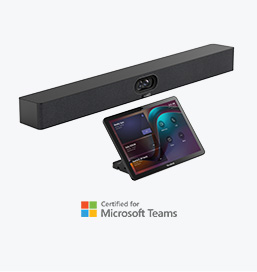
Discover Yealink Teams Rooms Devices for seamless Microsoft Teams collaboration with premium audio and video solutions.
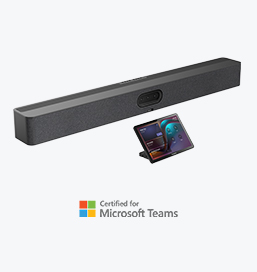
Big Impact for Bigger Spaces - All-in-one video bar for medium to large rooms

Discover the all-in-one video conferencing device with an interactive whiteboard, designed for seamless collaboration in Microsoft Teams Rooms.
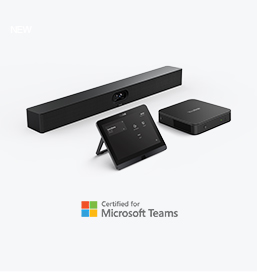
Discover high-performance, cost-effective video conferencing systems tailored for small to medium-sized rooms, ensuring seamless communication and collaboration.
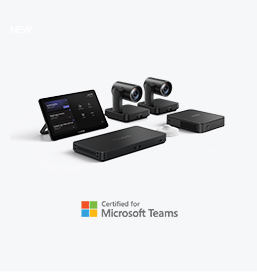
Video Conferencing System For Pro-AV Rooms.
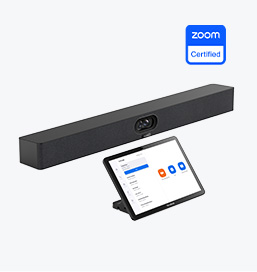
Explore Yealink’s Zoom Rooms devices for seamless, high-quality video conferencing solutions.
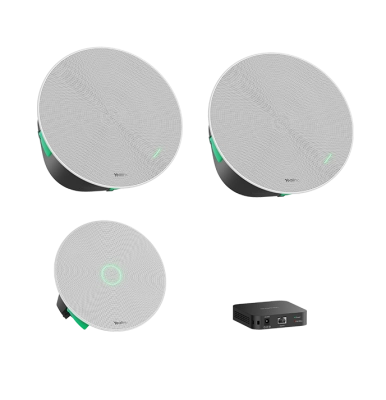
Yealink's room audio devices, offering crystal-clear sound for an immersive video conferencing experience.
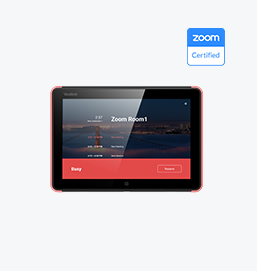
Intelligent Solutions for Smarter, More Efficient Meeting Spaces.

Experience the all-in-one video bar designed for premium small to medium rooms, optimized for Microsoft Teams Rooms on Android.
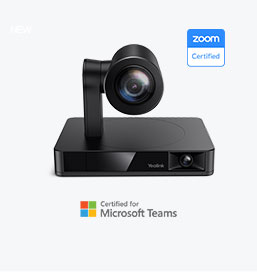
Simple and flexible video conferencing camera solutions for any workspace or meeting setup.
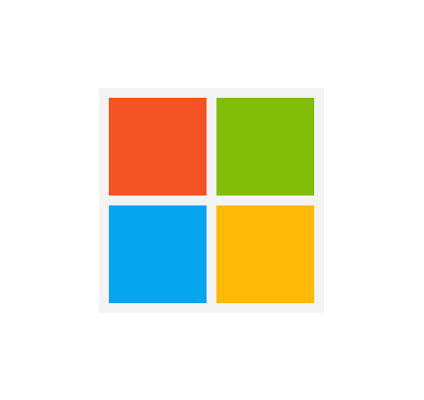
Empowering Businesses with Yealink Video Device Solutions for Microsoft Teams.

From huddle spaces to extra-large meeting rooms, enjoy seamless audio and video powered by AI,easy-to-manage package.

Professional Meetings Made Easy with MeetingBar Series,All Rooms Plug-and-Play.

Yealink Next-Gen Hybrid Meeting Style - Any Space, Any Discussion.
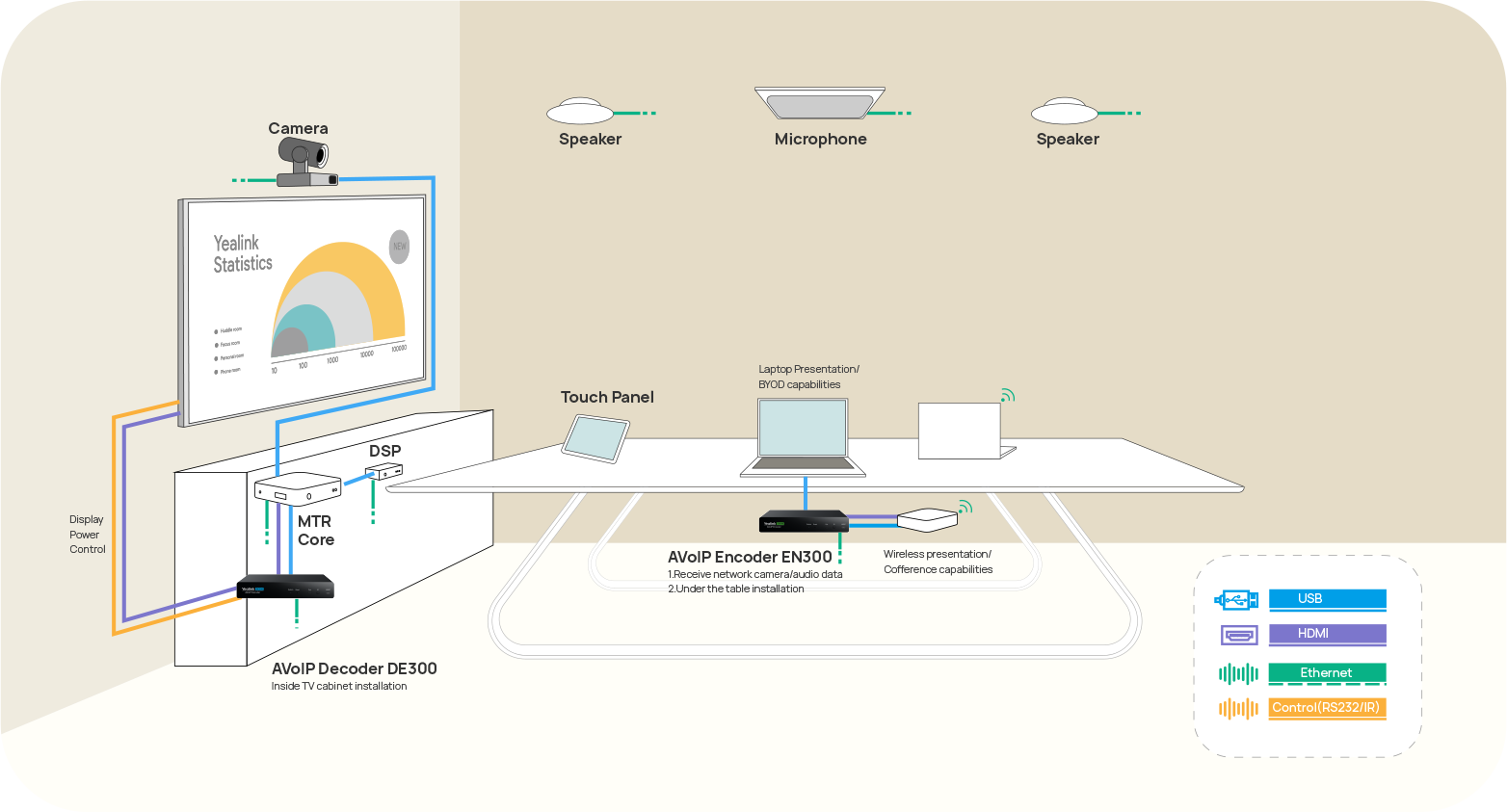
Building an AV system shouldn’t feel like solving a puzzle — but for many, it still does. Microphones, DSPs, cameras, control panels — often from different vendors..

Yealink Video Solutions for Zoom Rooms cover every scenario you need for video meetings, such as small, medium, and large meeting rooms.

Discover SKYSOUND audio solutions for unparalleled sound clarity in your conference room. Enhance your meetings with advanced audio technology designed for medium-sized spaces.
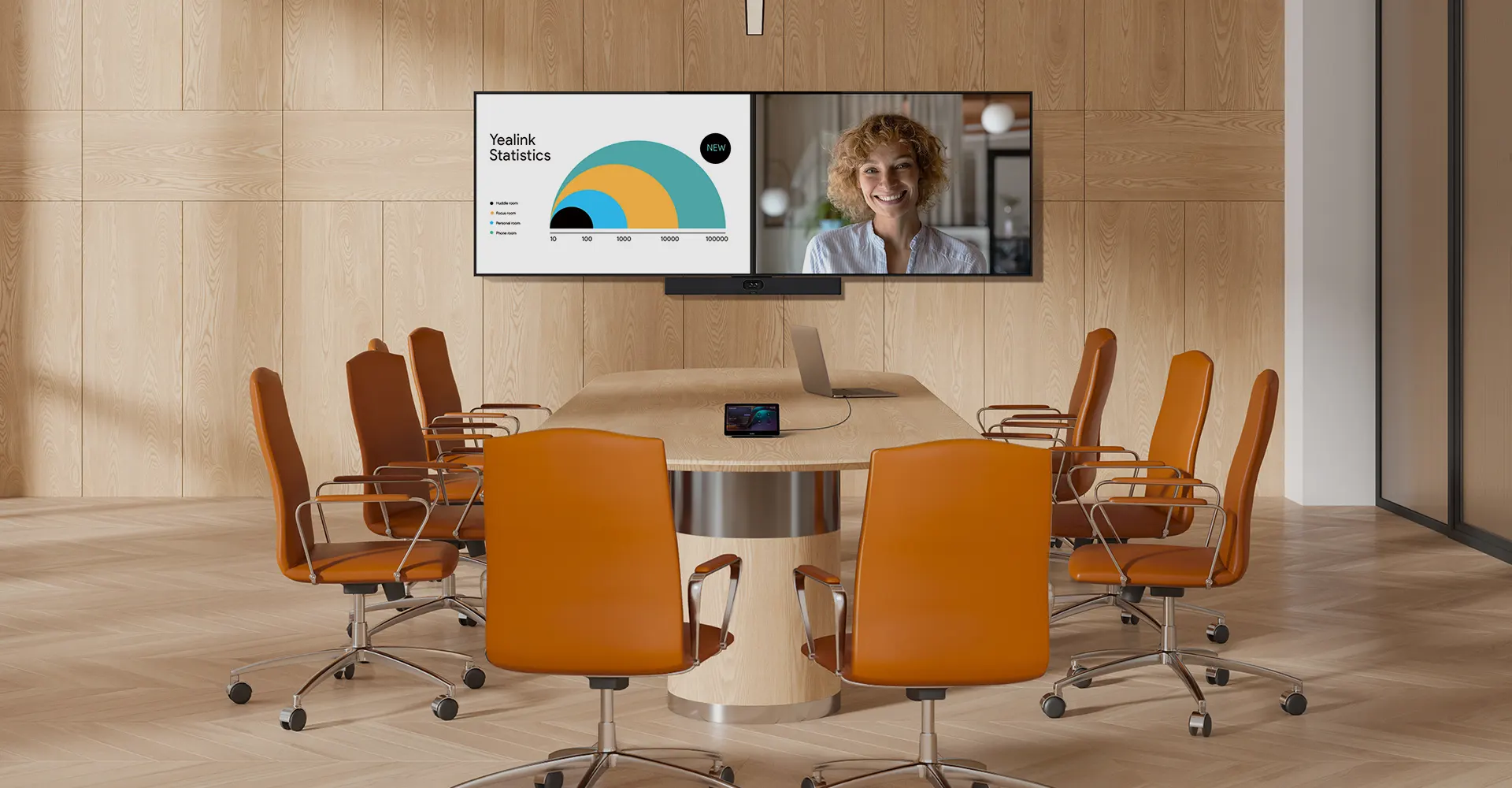
Discover SKYSOUND audio solutions for unparalleled sound clarity in your conference room. Enhance your meetings with advanced audio technology designed for medium-sized spaces.

Explore Yealink’s customized conferencing solutions for small meeting spaces. Discover the ideal setup to enhance efficiency and collaboration.

Explore Yealink’s customized conferencing solutions for large meeting spaces. Discover the ideal setup to enhance efficiency and collaboration.

Explore Yealink’s customized conferencing solutions for extra-large meeting spaces. Discover the ideal setup to enhance efficiency and collaboration.
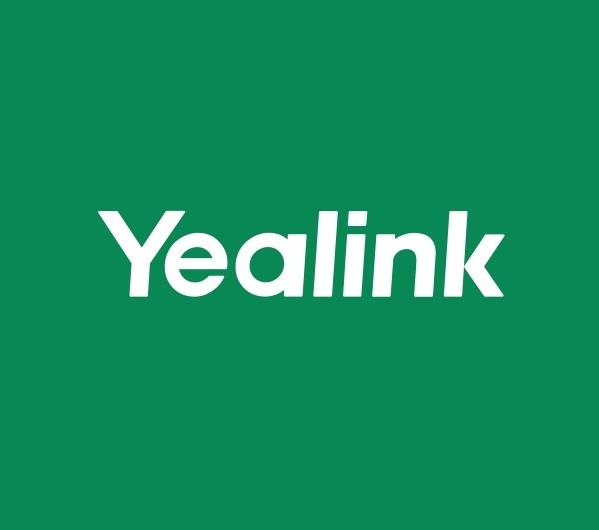
Professional Video Conferencing, Crystal-Clear Audio, AI-Powered Noise Cancellation, and Seamless Integration with Zoom & Microsoft Teams.

Yealink Conference Room Solution for Microsoft - Bringing Microsoft Teams Experience to Every Space

Let’s explore the importance of conference room speakers, their features, and how to choose the right solution for your needs.

This guide explores the best AV solutions for different room sizes, helping you find the perfect setup for your workspace.

Whether you need a compact solution for small focus rooms or a powerful system for medium to large conference rooms, Yealink has the perfect MeetingBar for your needs.

This guide explores key components of Conference Room AV Solutions and how Yealink’s industry-leading products can meet diverse meeting needs.

Whether you’re hosting a high-stakes client presentation or a quick internal brainstorm, the right meeting room can elevate productivity, build stronger connections, and ensure every voice is heard.

Whether you’re hosting a C-suite board meeting, engaging with global stakeholders, or presenting high-stakes strategies, a luxury conference room leaves a lasting impression.

Whether you’re hosting a C-suite board meeting, engaging with global stakeholders, or presenting high-stakes strategies, a luxury conference room leaves a lasting impression.

These devices offer an all-around view of the room, ideal for inclusive discussions, interactive training, and seamless remote communication—especially in roundtable, U-shape, or multi-participant setups.

When choosing a good digital whiteboard, evaluate factors such as screen size, touch technology, software integration, connectivity options, and overall durability.

An ultimate guide for the enterprise to choose the right conference camera and elevate the meeting experience in the hybrid working era.

Selecting the best video conference camera involves evaluating several key aspects to ensure high-quality, seamless meetings. Here are ten essential factors to consider.

A conference meeting room is a designated space in offices, institutions, or commercial environments designed to facilitate collaboration, discussions, and decision-making processes.

A conference speakerphone is a specialized communication device designed for use in conference rooms or meeting spaces, allowing multiple participants to join a call or video conference without being limited by proximity to a traditional phone or microphone.

Small meeting room is a compact, enclosed space designed to accommodate a limited number of participants, typically between 2 to 6 people. These rooms are often referred to as huddle rooms or focus rooms, providing a private and quiet setting for quick team discussions, brainstorming sessions, or virtual meetings.

Teams Copilot is a feature designed to enhance collaboration and productivity within Microsoft Teams. Here’s a summary of what Team Copilot typically involves:
All-In-One Video Conferencing Device
Easy to install and quickly deploy, it ensures seamless connectivity and integration, delivering exceptional value for efficient remote meetings.
Video Conferencing Bundled device Covering from Huddle to Medium Conference Room
Video Conferencing Bundled device Covering from Medium to Extra-Large Conference Room
Talk to an Expert
Still unsure which solution works best for your room setup?Our AV specialists will help you design a setup that just works.
💡 Free room assessment & deployment advice
💬 Personalized system recommendations
💰 Get a tailored quote based on your space
Share your details below — we’ll reach out shortly.







